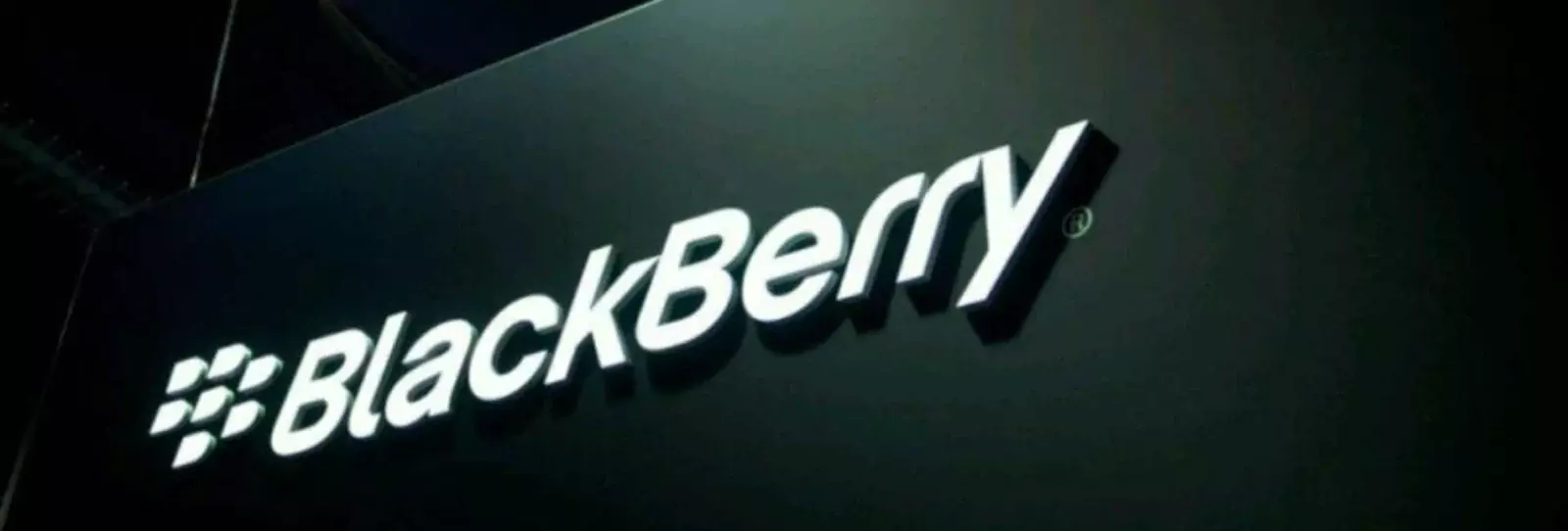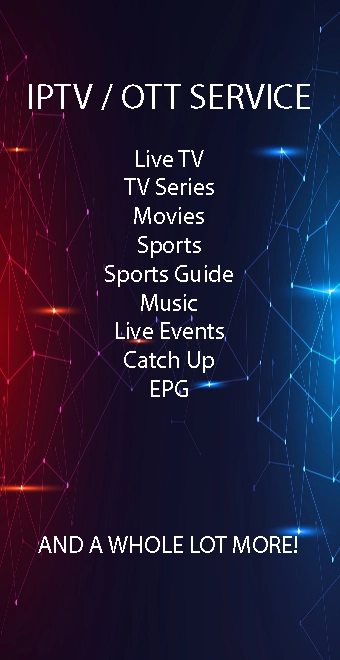Luxoft-developed CVNARâ„¢ computer vision and augmented reality solution used in a demonstration presented by QNX at International CES 2016 show.
Luxoft Holding today announced that its CVNAR computer vision and augmented reality software framework was successfully used in a demonstration of ADAS and automated driving capabilities presented by QNX, a BlackBerry subsidiary, at CES 2016.
Installed in the QNX reference vehicle, a modified Jeep Wrangler, the CVNAR framework ran algorithms to highlight turn-by-turn navigation arrows, street names, pedestrian crossings, destinations, points-of-interest and forward collision alerts.
In working on the QNX demonstration, Luxoft applied road model-based computer vision algorithms for the tracking of objects, such as vehicles, pedestrians, building facades and road signs, to build a road scene reconstruction engine that runs on the full-featured and robust QNX Neutrino OS.
The road scene reconstruction engine utilizes Luxoft’s proprietary solutions for augmented reality such as advanced augmented guidance, navigation, points of interest (POIs), and destination highlighting. The Luxoft augmented navigation engine provides precise road positioning to empower semiautonomous driving capabilities.
https://www.youtube.com/watch?v=n1AEvuaa-ug
“The key differentiator of our ADAS solution is that, from the very beginning, we used scientific algorithms to resolve the fundamental problems of computer vision in an in-vehicle environment,†said Andrey Golubinskiy, Head of ADAS Automotive, Luxoft.
“By applying these algorithms to the vehicle embedded systems and field-testing them, we were able to create a robust and reliable solution. Luxoft’s engineering expertise and continuous R&D investments over the last four years allowed us to build this solution.â€Â
Romain Saha, Strategic Alliance Manager, QNX Software Systems said,
“Next-generation ADAS and automated driving applications need a realtime OS with proven safety credentials; they also need sophisticated computer-vision algorithms to make sense of the world around them,â€Â
“Through their commitment and teamwork, Luxoft helped deliver a solid demonstration for CES that showcases how the right mix of advanced technologies can enable a wide range of applications, from heads-up displays to semiautonomous vehicles.â€Â
Luxoft’s CVNAR, a computer vision and augmented reality framework, brings together a unique set of features and capabilities and can be used in several ways. It can be adapted to a particular OEM’s requirements and present a ready-to-use solution on already supported systems-on-chip (SoCs), or it can be made available as a hardware-independent embedded solution that utilizes CPUs, as well as GPUs or DSPs.
The framework can be easily integrated with head-up and LCD displays, and supports smart glasses. Using eye-tracking algorithms and vehicle’s sensor data, augmented navigation provides navigational hints, highlights road obstacles and destinations, and more.




